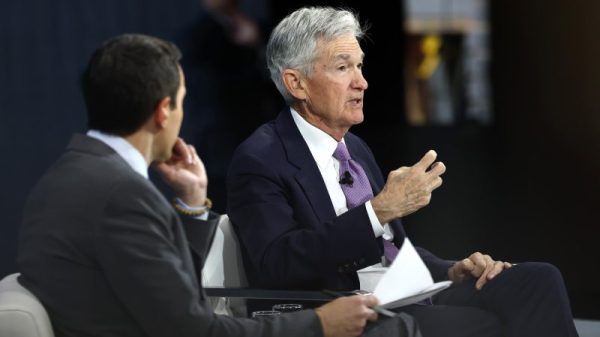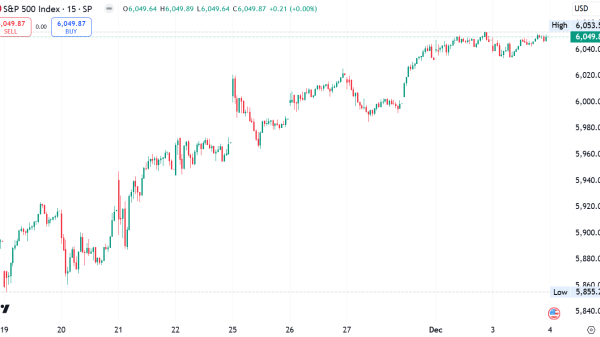Spotify’s Price Hike: A Strategic Move to Boost Margins
Quick Look:
Premium Plan Price Increase: Spotify raised its individual plan to $11.99/month, duo to $16.99, and family to $19.99.
Strategic Financial Shift: Focus has shifted from rapid user growth to sustainable profitability through cost management.
Operational Adjustments: Reductions in marketing expenses and layoffs contributed to a gross profit exceeding €1 billion in April.
On Monday, Spotify, the renowned Swedish music-streaming service, announced a significant price increase for its premium plans in the United States. This move represents the latest step in Spotify’s strategic efforts to enhance its profit margins. By increasing prices, the company aims to generate more revenue while continuing to innovate and invest in its product offerings. This article delves into the specifics of the price adjustments, the underlying reasons, and the potential impact on Spotify’s market position and financial health.
Price Adjustments Across Premium Plans
Spotify has revised its premium subscription rates, marking a notable shift in its pricing strategy. The individual plan now costs $11.99 per month, up from the previous $10.99. Similarly, the duo plan has risen to $16.99 from $14.99, and the family plan has been adjusted to $19.99 from $16.99. This price hike is a calculated move to align with the company’s goal of increasing its gross margins. Subscribers in the U.S. will receive notification emails about these changes over the coming month.
The price increase is part of Spotify’s broader strategy to boost profitability. For a long time, the company focused on rapid user growth, driven by heavy marketing investments and promotional offers. However, with the competitive landscape evolving, Spotify now seeks to balance user acquisition with sustainable financial performance.
Strategic Shifts to Enhance Profitability
In recent months, Spotify has implemented several measures to improve its financial health. The company has curtailed marketing expenses and undertaken layoffs to streamline operations. These efforts have contributed to a significant milestone: Spotify’s quarterly gross profit surpassed 1 billion euros ($1.08 billion) for the first time in April. This achievement underscores the effectiveness of Spotify’s cost-management strategies.
Spotify’s decision to raise premium prices aligns with its strategy to invest in and enhance its product offerings. By doing so, the company aims to provide better value to its users, justifying the higher subscription fees. The price adjustment is also likely to provide the financial leeway needed to explore new revenue streams and further innovate its platform, ensuring long-term growth and competitiveness.
Market Reactions and Future Prospects
Following the announcement of the price increases, Spotify’s shares saw a positive response, rising approximately 4% in premarket trading. This uptick reflects investor confidence in Spotify’s ability to navigate the competitive landscape and enhance its profitability. The company competes with major players such as Apple and Amazon, which also offer music streaming services.
Despite the price hike, Spotify continues to attract a growing user base. In the second quarter, the company reported a 14% increase in premium subscribers, reaching 239 million. Additionally, it forecasted monthly active users to hit 631 million. These numbers indicate that Spotify’s strategic adjustments are not deterring user engagement.
Looking ahead, analysts suggest that Spotify could further drive growth by offering tailored subscription plans. Customised options based on consumer preferences in niches such as music, audiobooks, and podcasts could attract more subscribers and diversify revenue streams. This approach could help Spotify maintain its market leadership while catering to the evolving demands of its user base.
In conclusion, Spotify’s recent price increase for its premium plans is a strategic move designed to bolster its margins and ensure sustainable growth. By balancing cost management with product innovation, Spotify aims to enhance its value proposition and maintain a competitive edge in the music streaming industry. The positive market reaction and steady subscriber growth signal that the company is on the right track, poised for continued success in a dynamic market environment.
The post Spotify’s Price Hike: A Strategic Move to Boost Margins appeared first on FinanceBrokerage.


































